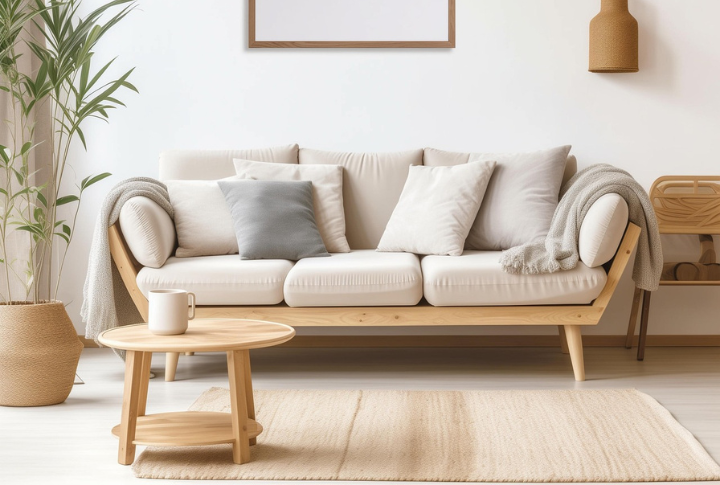
One person might call it a sofa, while another refers to it as a couch—and technically, both are correct. But there’s more to it than just terminology. Let’s dive into the subtle distinctions between the two and uncover what they reveal about how we interact with and perceive these pieces in our homes.
One Is Designed For Lounging, The Other For Sitting

Couches give off a laid-back vibe, with soft curves and plenty of space to sprawl out. Sofas, on the other hand, bring a sense of structure—with straighter backs that invite conversation. The difference isn’t just about looks; it’s built into their design. It’s a subtle detail, but it shapes how we experience and use each one.
Formality Plays A Quiet Yet Clear Role
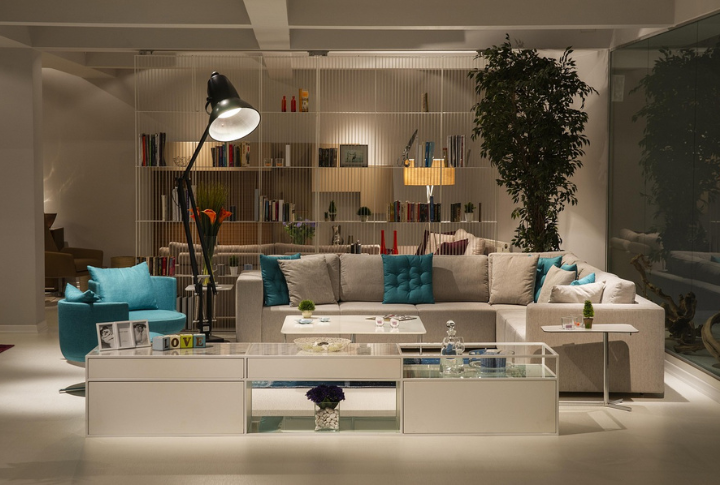
You wouldn’t wear the same outfit to a wedding that you’d throw on for a backyard BBQ, right? The same logic applies here. Sofas grace formal living rooms where visitors sit with poise. Couches? They crash in rec rooms, perfect for popcorn nights paired with sweatpants.
Upholstery Choices Often Reflect The Label
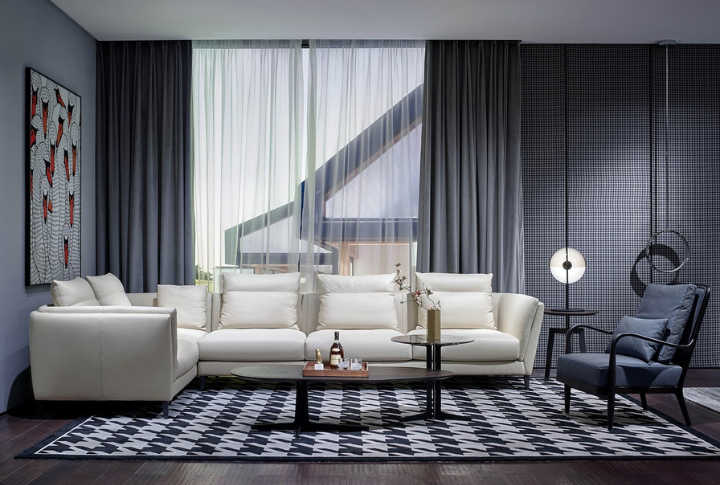
Velvet and leather usually wrap around a sofa, radiating elegance and intention. Couches, meanwhile, embrace comfort through stain-resistant blends and plush microfiber. The covering often hints at what the item was designed for: impressing guests or binge-watching in pajamas.
The Origin Of The Word Tells A Different Story
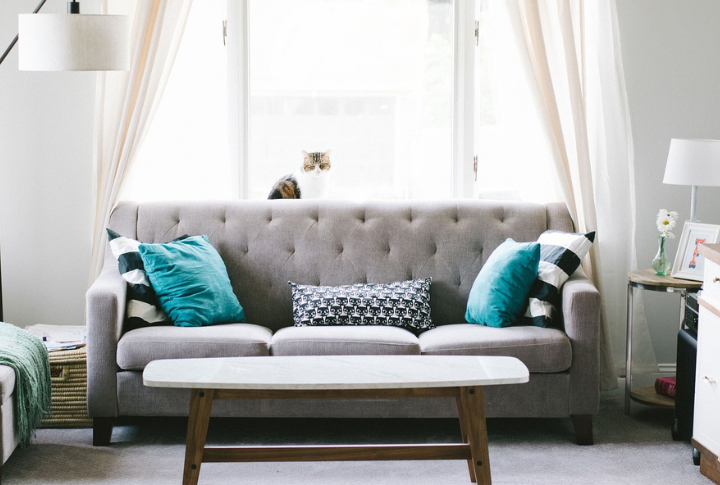
Ever curious about the roots of these words? Sofa comes from the Arabic “suffa,” meaning a cushioned bench. Couch, on the other hand, comes from the Old French “coucher,” meaning to lie down. One leans formal, the other is relaxed. That split starts with language—and influences how we define comfort.
Armrest Styles Speak Volumes
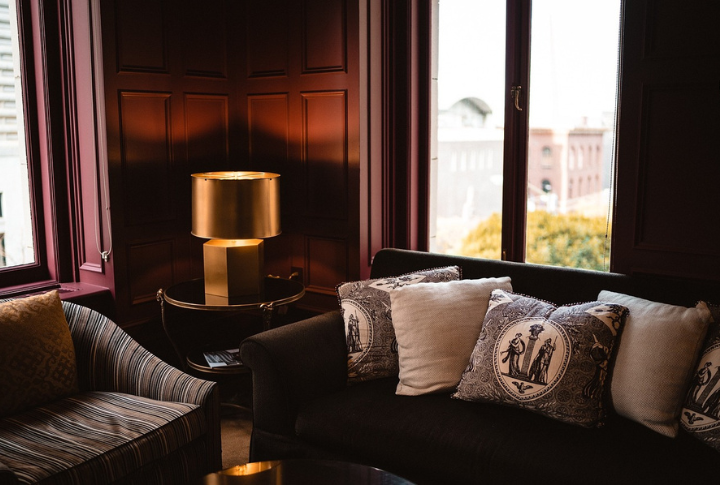
Look at the arms; your sofa features a structured build. However, the couch might skip them entirely or settle into relaxed curves. A tailored frame suggests intention, while a softer shape creates an inviting feel. Where you rest your elbow matters just as much as how the piece presents itself.
Retailers Choose Their Words Carefully
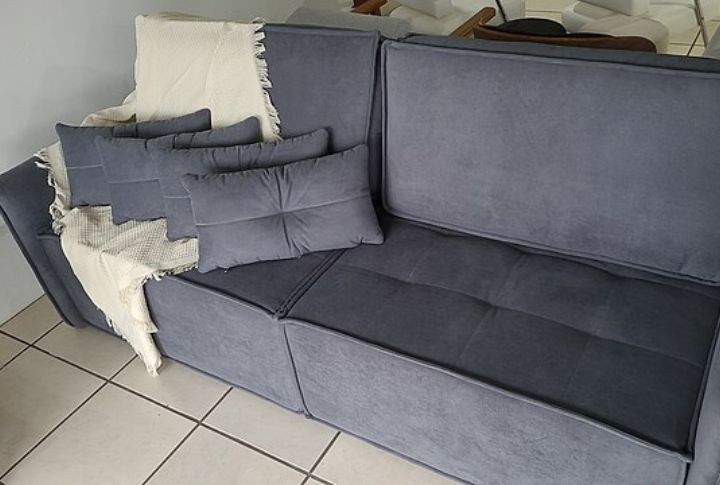
Visit any home store, and you’ll quickly spot the pattern. Retailers label the upscale pieces as sofas and the more affordable, ready-made ones as couches. The terms help shape how we perceive each item, influencing everything from its price to its overall appeal.
Sofas Can Come With Extra Features
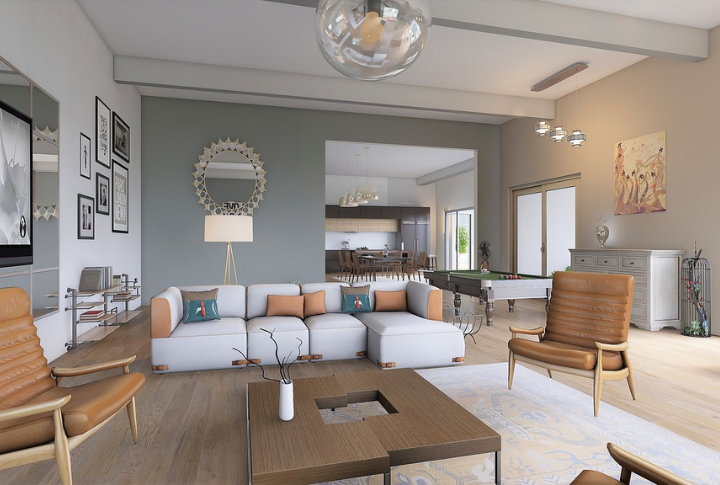
Recliners or pull-out beds regularly show up as upgrades in pieces labeled as sofas. Brands use the term deliberately to suggest added function and long-term value, whereas a couch leans into comfort and doesn’t imply anything extra. The language taps into perception, guiding your response before you even realize it.
You’ll Hear Couches More In American Homes
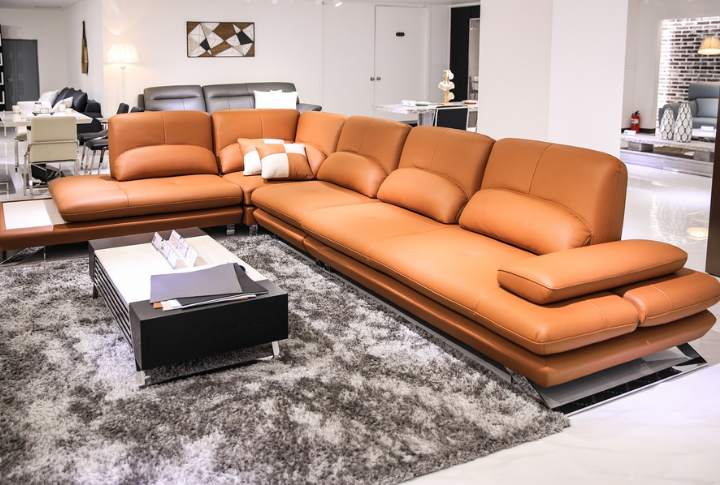
In everyday conversation, “couch” is the go-to word in most American homes. On the other hand, “sofa” tends to show up more in design magazines and showrooms. The preference is influenced by our environment, lifestyle, and the way we perceive style and space.
Sofas Rarely Live In Basements
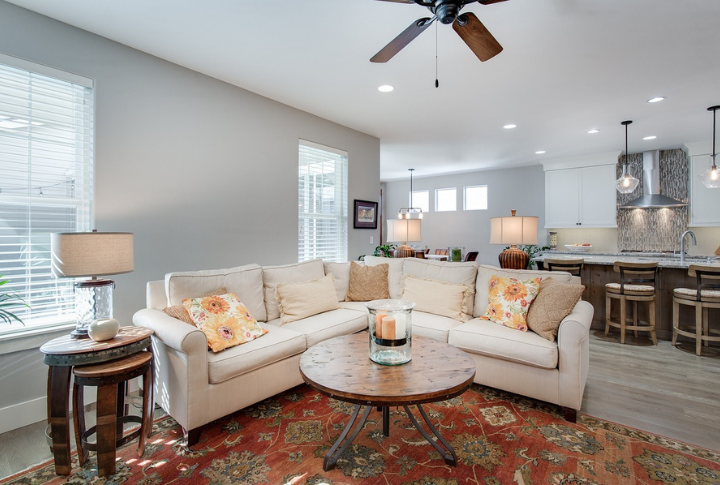
Where a piece ends up often says a lot about its purpose. The sofa typically finds its place upstairs, reserved for guests and calm moments. The couch, on the other hand, is usually downstairs, handling daily messes and wear.
The Perception Of Sophistication Differs

Sofas exude a sense of refinement, often linked to thoughtful design and sophistication. In contrast, couches embrace a more familiar vibe, making spaces feel cozy and welcoming. The terms go beyond simple descriptions—they reflect the function and style of a piece.

